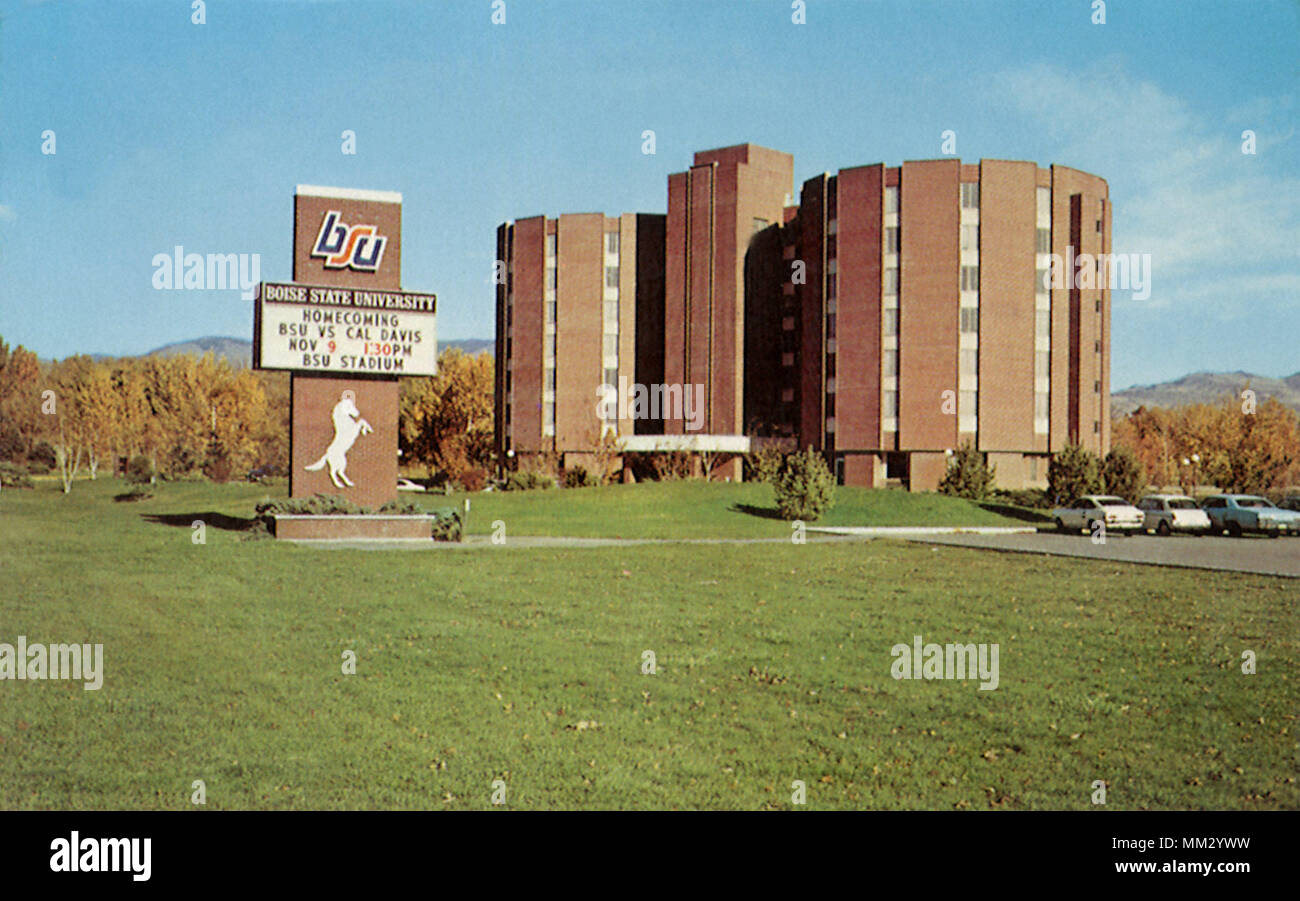

There are no files associated with this item.
IS BSU UNIVERSITY CLOSED TOMORROW FULL
Show full item record Files in this item Files This study is an attempt to find out how well four year old children with normal hearing perform using an open-response set as compared to a closed-response set using the same test. This indicates a need for further research into open-response versus closed-response set testing with young children. At the present time, the author knows of only one study (Hodgson, 1973) which has been performed comparing these two conditions using the same test.

It would seem appropriate to do a speech discrimination test using the same test in an open-response and in a closed-response set condition to find out if these two conditions are comparable in testing a child's speech discrimination ability. However, open-response set tests may be more appropriate for speech discrimination testing. Also, it is not at all clear if the echolalic type response required in an open set test is testing the same thing as a picture pointing task used in a closed set test.It appears that closed-response set tests are easier tasks for children. They may also be testing the child's ability to be able to recognize the picture that represents the word given by the examiner. A possible problem with the closed-response set tests is that they may be testing more than speech discrimination. Seeing the pictures may give the client clues not available in open-response tests. Not only does the client have a small number of words or pictures to choose from in a closed-response set, he also has the advantage of seeing the words or pictures before the tester says a word. This is most likely due to the fact that more cues are given in the closed-response set tests.

The guess factor on the closed-response set test is directly related to the number of responses given to choose from.The closed-response set tests are generally thought to be easier than open-response set tests (Hodgson, 1978). Because answer choices are given to the client, it is assumed that there is a higher probability of guessing correctly than with an open-response set test. The set of words or pictures which are given to the client to choose from are predetermined by the creator of the set. A closed-response set is where the client must choose his answer from a small number of choices. To bypass all of the difficulties involved with verbal responses, picture-pointing closed-response set tests were developed for young children. What word the child repeats to the tester could be any one of a very large set ofSome researchers (Ross and Lerman, 1970 Martin, 1978) claim that verbal responses, which are used in open-response sets, may be limited by the child's language disorder, articulation defect, motivation, or a number of other factors. This set could be vast if the child knows and can say numerous words. This large set of words is considered to be an open-response set limited to the words which the child being tested knows. Each child's expressive vocabulary iswords.

The word that the child says, however, usually comes from the child's own particular set of expressive vocabulary words. These words were called PBK-50 words, and they were considered to be within the vocabulary of children who are six years of age or older.The PBK-50 word lists were used as a test where the tester says a word, and the child repeats the word that he/she hears. Because of this, there was a need to develop speech discrimination test lists for children under the lists of phonetically balanced words that were selected from the spoken vocabulary of kindergarteners. According to Rintelmann (1979), children do not approximate adult scores until 12 years of age. This put children at a disadvantage when speech testing using these lists was performed. Many of the speech lists that were developed contained words that were selected for testing adult clients. The testing itself is relatively simple the tester says a word, and the client must repeat what he hears.The beginning of World War II gave impetus to the study of speech in many institutions (Goetzinger, 1978). Most of the tests consist of a list of monosyllable words. There are several tests that have been created to test the speech discrimination ability of people. This is done to find out how well a person can discriminate between the different sounds that make up speech. In speech audiometry, one of the main goals is to determine speech discrimination.


 0 kommentar(er)
0 kommentar(er)
